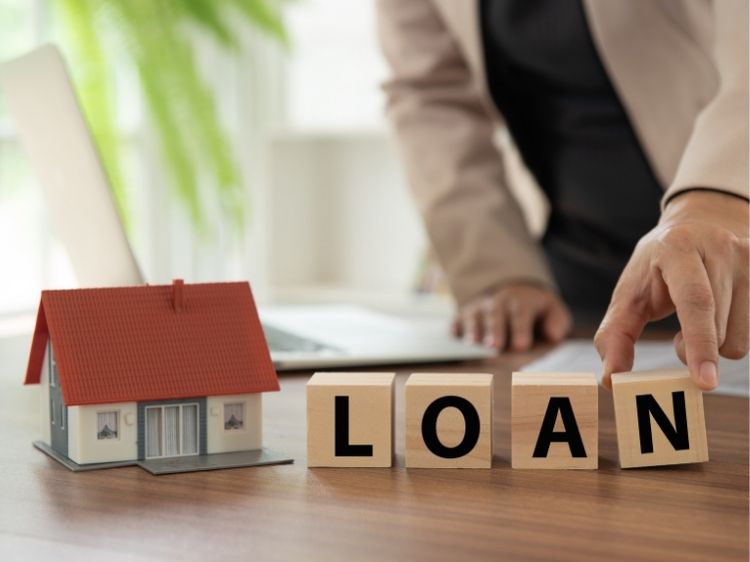Let’s face it—student loans can feel like a massive weight on your shoulders, right? But what if there was a way to lighten that load? That’s where student loan forgiveness comes into play. Whether you’re just beginning to pay off your loans or you’ve been at it for years, understanding how student loan forgiveness works could save you a significant amount of money and stress. In this comprehensive guide, we’ll dive deep into the ins and outs of student loan forgiveness, exploring what it is, who qualifies, and how you can take advantage of these programs.
What is Student Loan Forgiveness?
Student loan forgiveness is a program that allows borrowers to have some or all of their federal student loans canceled after meeting certain criteria. Essentially, if you qualify, the government forgives the remaining balance of your loan, meaning you don’t have to pay it back. Sounds like a dream come true, doesn’t it? But there’s more to it than just filling out a form. Different types of forgiveness programs exist, each with its own set of rules and eligibility requirements.
Types of Student Loan Forgiveness Programs
1. Public Service Loan Forgiveness (PSLF)
Public Service Loan Forgiveness is perhaps the most well-known of all forgiveness programs. If you work in a qualifying public service job—think government or non-profit—you could have your remaining loan balance forgiven after making 120 qualifying payments. But beware, not all jobs or loans qualify.
How to Qualify for PSLF
- Work full-time for a government or non-profit organization.
- Make 120 qualifying payments under a qualifying repayment plan.
- Have Direct Loans or consolidate your existing federal loans into a Direct Consolidation Loan.
2. Teacher Loan Forgiveness
Are you a teacher? If so, this program could be your golden ticket. Teachers who work in low-income schools for five consecutive years may be eligible for forgiveness of up to $17,500 on their Direct Subsidized and Unsubsidized Loans or Subsidized and Unsubsidized Federal Stafford Loans.
Qualifications for Teacher Loan Forgiveness
- Teach full-time for five complete and consecutive academic years.
- Work in a low-income school or educational service agency.
- Have federally backed loans like Direct or Stafford Loans.
3. Income-Driven Repayment (IDR) Plan Forgiveness
Under an Income-Driven Repayment Plan, your monthly payments are capped at a percentage of your discretionary income. After 20 or 25 years of qualifying payments, depending on the plan, the remaining balance may be forgiven. However, beware—this forgiven amount may be considered taxable income.
IDR Plans Include:
- Income-Based Repayment (IBR)
- Pay As You Earn (PAYE)
- Revised Pay As You Earn (REPAYE)
- Income-Contingent Repayment (ICR)
How to Apply for Student Loan Forgiveness
Applying for student loan forgiveness can feel like navigating a maze, but don’t worry—I’ve got your back. Here’s a step-by-step guide to get you started.
Step 1: Determine Eligibility
First things first—figure out which forgiveness program you qualify for. Whether it’s PSLF, Teacher Loan Forgiveness, or an IDR Plan, each program has specific eligibility requirements you need to meet.
Step 2: Gather Necessary Documentation
Once you’ve determined your eligibility, gather all the necessary documents. This could include employment certification forms, tax returns, and loan statements. Keeping everything organized will save you a lot of headaches down the road.
Step 3: Submit Your Application
Depending on the program, you’ll need to submit different forms to your loan servicer. For example, if you’re applying for PSLF, you’ll need to submit the Employment Certification Form annually or whenever you change employers.
Step 4: Follow Up
After submitting your application, don’t just sit back and relax. Follow up with your loan servicer to ensure everything is in order. Sometimes paperwork gets lost or misfiled, so it’s crucial to stay on top of things.
Common Pitfalls to Avoid
Student loan forgiveness can be a lifesaver, but it’s not without its pitfalls. Here are some common mistakes people make—and how to avoid them.
1. Not Checking Employment Eligibility
One of the biggest mistakes people make is assuming their job qualifies for PSLF when it doesn’t. Always double-check that your employer is a qualifying organization.
2. Missing Payments
Only qualifying payments count toward forgiveness. If you miss a payment or make a late payment, it could set you back months or even years.
3. Not Submitting Annual Certification
For PSLF, you need to submit an Employment Certification Form every year. Forgetting to do so could result in a lot of confusion and delay your forgiveness.
FAQs
Q: Can private student loans be forgiven?
A: Unfortunately, private student loans are not eligible for forgiveness programs like PSLF or IDR. However, some lenders may offer other forms of relief or hardship programs.
Q: Will my forgiven loan amount be considered taxable income?
A: For PSLF and Teacher Loan Forgiveness, the forgiven amount is not considered taxable income. However, for IDR plans, the forgiven amount may be taxable, depending on the current tax laws.
Q: How long does it take to get student loan forgiveness?
A: The timeline varies depending on the program. For PSLF, you must make 120 qualifying payments, which typically takes 10 years. For IDR plans, it could take 20 or 25 years.
Q: Can I apply for multiple forgiveness programs?
A: You can qualify for more than one forgiveness program, but typically, only one will apply to your loans. For instance, you can’t double-dip by getting PSLF and Teacher Loan Forgiveness for the same loans.
Conclusion
Student loan forgiveness can provide significant financial relief, but it’s not a one-size-fits-all solution. By understanding the various programs available, who qualifies, and how to apply, you can make informed decisions that may lighten your student debt burden. So, take the time to explore your options and start your journey toward financial freedom today.
